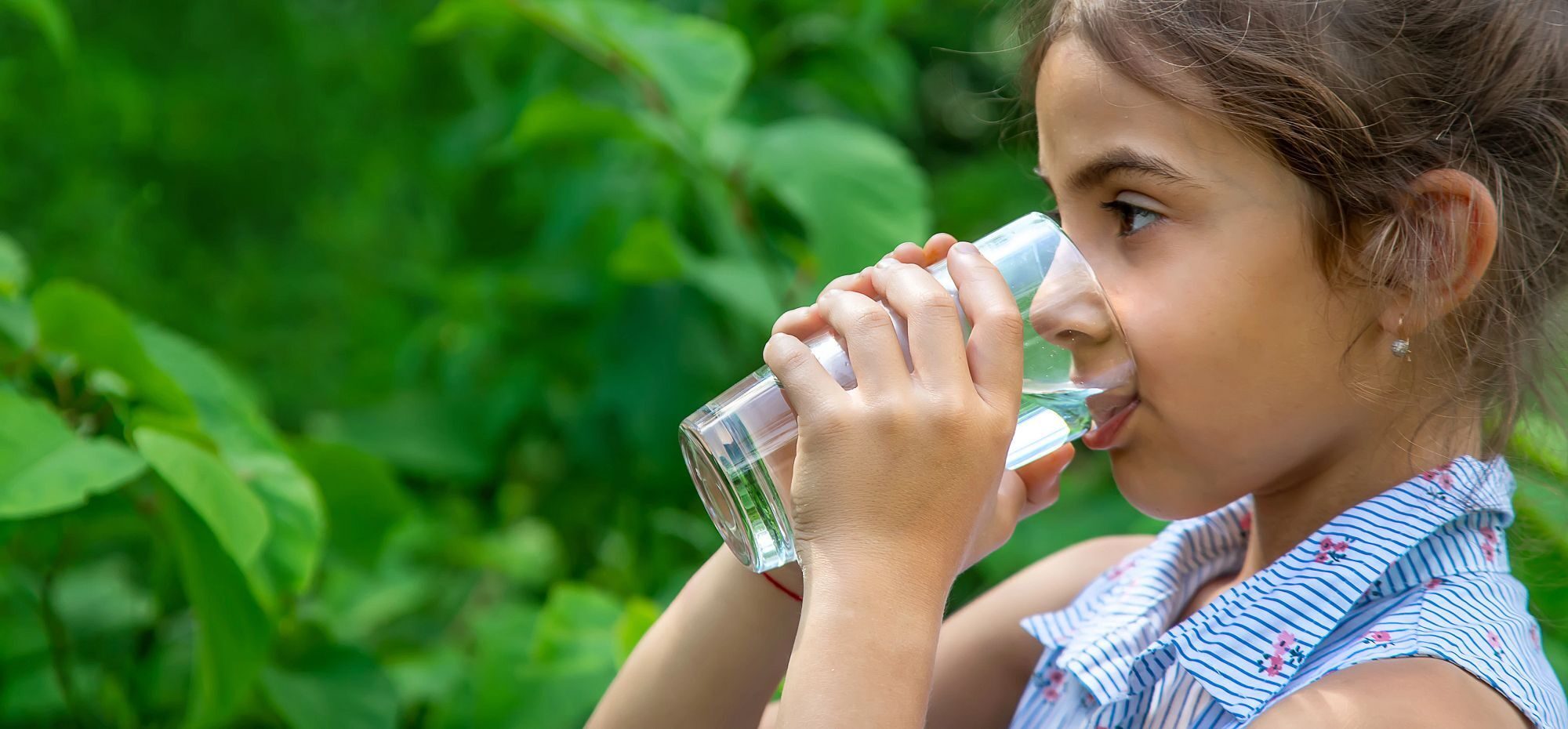Safe Use Determinations: A Case Study on Styrene
To be exempt from providing a product warning for California Proposition 65, companies must demonstrate that exposure to Prop 65-listed compounds during typical product use and handling does not exceed safe harbor levels. Companies may develop an exposure assessment and, if desired, submit it to the California Office of Environmental Health Hazard Assessment (OEHHA) for a Safe Use Determination (SUD) review.
Guidance is available to companies for conducting an exposure assessment. OEHHA guidelines cover biological factors such as water intake, air intake, body weight, life span, etc. The California Code of Regulations (27 CCR §25721 and 27 CCR §25821) provides other exposure guidelines such as using average individual intake as opposed to per capita intake. Guidelines for dermal and indirect oral exposure to lead are also available. Otherwise, an exposure assessment should be developed by applying best scientific practice and analytical methods accredited by a competent authority (21 CCR §25900).
The recent SUD for styrene (issued on January 3, 2020) provides an example of an exposure assessment considered acceptable by OEHHA. In this case, styrene was identified as a volatile compound that may be emitted during use of certain bathware products formulated with styrene-based resins. Specifically, these products included tub showers, tubs, shower pans, shower stalls, walk-in baths and handicapped access stalls. These products and associated acrylate coatings were formulated with styrene monomer at concentrations of 5 to 13.8%.
Styrene is listed for Proposition 65 with a No Significant Risk Level (NSRL), or safe harbor level of 27 µg/day. The NSRL for styrene constitutes total intake and is not limited to any specific route of exposure. Thus, total exposure by all routes (dermal, oral and inhalation) was considered as part of this assessment. As inhaled exposure to styrene was considered to account for more than approximately 95% of potential exposure, dermal and oral exposures were not calculated.
In this assessment, the generation rate of styrene emitted from these products was measured in an enclosed chamber held at room temperature conditions for a period of seven days. Steady-state air concentrations per unit surface area were calculated from these data using standard assumptions of relevant air exchange rates informed by building ventilation rates. Inhaled intake was then determined as < 0.41 µg/day with consideration to typical maximum surface areas installed, typical human behavior and room volumes associated with use of these products.
Ultimately, OEHHA confirmed the position of the submitting organization that a Proposition 65 warning is not required for these bathware products as the estimated styrene exposure is less than the safe harbor level.
Looking to establish a warning exemption for your products, but lack the internal expertise to develop an exposure assessment? We can help! NSF has the expertise to support your product review. Our exposure assessment is a proactive measure that may be provided directly to the California Attorney General’s office as evidence of safe use should you receive a notice of violation.
Share this Article
How NSF Can Help You
Get in touch to find out how we can help you and your business thrive.

What’s New with NSF

NSF Granted Reauthorization as a CMMC Third-Party Assessment Organization
January 8, 2025
Sustainable Foods Summit 2025
January 2, 2025
NSF Celebrates 50 Years of the Safe Drinking Water Act
December 16, 2024